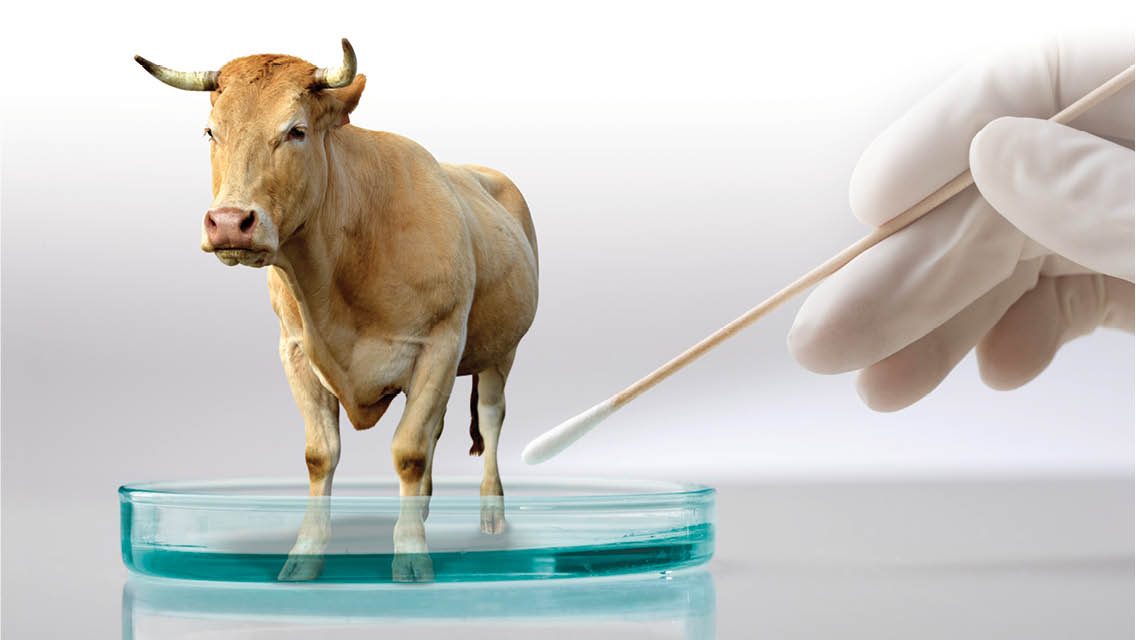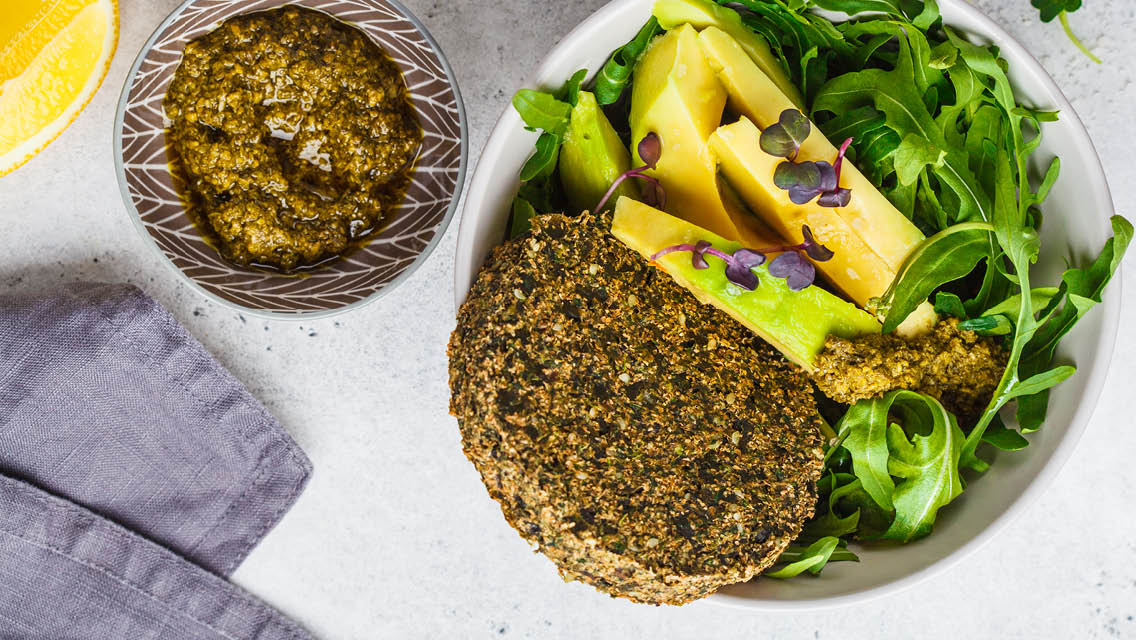Lab-grown meat — it may soon be what’s for dinner.
Faux meat has gone mainstream in recent years, with the new generation of fermented “genetically engineered yeast” from Impossible Burger, bean-and-rice-based Beyond Meat, and other soy options.
Meat grown in a petri dish may be next. Way back in 2013, Dutch scientist Mark Post, MD, PhD, unveiled the first “test-tube burger” live on TV. Dozens of companies began racing to bring such alt-meat to market.
Government watchdogs are now ready for this fare. In March 2019, the USDA and FDA announced an agreement to jointly oversee “the production of human food products made using animal cell culture technology and derived from the cells of livestock and poultry to ensure that such products brought to market are safe, unadulterated, and truthfully labeled.”
Alt-meat could be in supermarkets soon — and ranchers’ reactions have been predictable. The U.S. Cattlemen’s Association argues that “meat is meat, not a science project.” The group vows to fight use of the term “meat” in labeling, much like the dairy industry has battled producers that use the word “milk” for plant-based products. Monikers such as “clean meat,” “in vitro meat,” and “cultured meat” have been coined.
Proponents believe “bio-artificial meat” could create vast supplies of food to feed the world while eliminating many of the environmental hazards and ethical issues associated with factory farming and slaughtering animals.
Alt-meat is made from muscle stem cells harvested from a live animal, which are then planted in a nutrient-rich liquid base. Multiplying cells grow around a “scaffold” and can then be shaped into patties, nuggets, or steaks. That first burger took five years and more than $250,000 to create; prototypes started with mouse meat before moving to beef. Still, food critics weren’t wowed, saying it lacked flavor and juiciness, even if the texture was spot-on.
In 2021, an Israeli company announced that its Future Meat would soon be available in a grocery store near you. The firm says its bioreactors are capable of churning out the equivalent of up to 5,000 cell-cultured hamburgers daily and are producing cultivated chicken, pork, beef, and lamb; other companies are developing in vitro seafood and fish.
Future Meat says its products use 99 percent less land and 96 percent less fresh water and emit 80 percent fewer greenhouse gases while providing 100 percent of the nutritional value of traditional meats.
This article originally appeared as “Biocultivated Meats: Out of the Lab, Into Your Frying Pan” in the January/February 2023 issue of Experience Life.





This Post Has One Comment
I’m curious about the health benefits of biocultivated meat for women over 40 who are in either perimenopause or menopause? We have to avoid soy and yet increase both vitamin D and protein intake. I’m curious how these substitute-meat products could affect our bodies? Great article to absorb and do more research on!